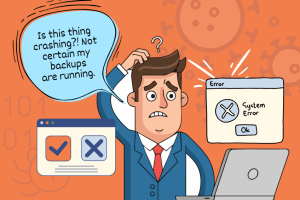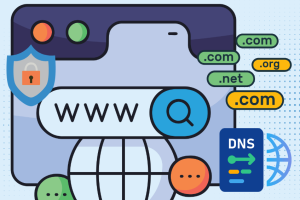The Basics of Data Loss Prevention (DLP)
Data Loss Prevention (DLP) is an advanced security system that helps identify important data, monitor its usage, and prevent unauthorized access or sharing of sensitive information, which enhance digital security. It ensures that certain information does not get lost, stolen, or mismanaged. This relates to financial data, customer records, trade secrets, or anything else that makes a business operate smoothly.
DLP is designed not just to prevent hackers from getting through. It also focuses on human errors like sending a spreadsheet full of customer data to the wrong person or email address.
DLP Best Practices: Protecting Your Data in 7 Simple Steps
1. Backup, Backup, Backup
Regularly back up your data using automatic backups, either to the cloud or an external drive, to ensure a reliable backup option.
2. Encrypt Private Data
Ensure that your important data is encrypted both when it is being sent and when it is being kept.
3. Make Use of Security Tools
Install reliable firewalls and antivirus software to protect your systems from online attacks; small businesses can choose from reasonably priced choices.
4. Understand Your Crown Jewels
Identify your most sensitive data, such as customer information, financial records and/or intellectual property.
5. Implement Strong Access Controls
Sensitive information should not be accessible to all members of your team. Establish permission levels to guarantee that only authorized individuals can access or modify important data.
7. Have a Recovery Plan
Having a disaster recovery strategy might help you get back on track as soon as something goes wrong. This needs to cover how to contact clients if necessary and recover your data from backups.
6. Educate Your Employees
One of the most common reasons for data loss is human mistake. Teach your staff to handle files with care, make strong passwords, and recognize phishing frauds.
Making DLP Work for Your Business
The key to making DLP work is consistency, not perfection. Start with the basics and gradually increase your efforts. Begin small, grow your plan as your business expands, and consider incorporating tools such as DLP software for additional protection. Whether it’s a regulatory issue, building trust with customers, or protecting your data, DLP keeps you safe so you can do what you do best—run your business.




